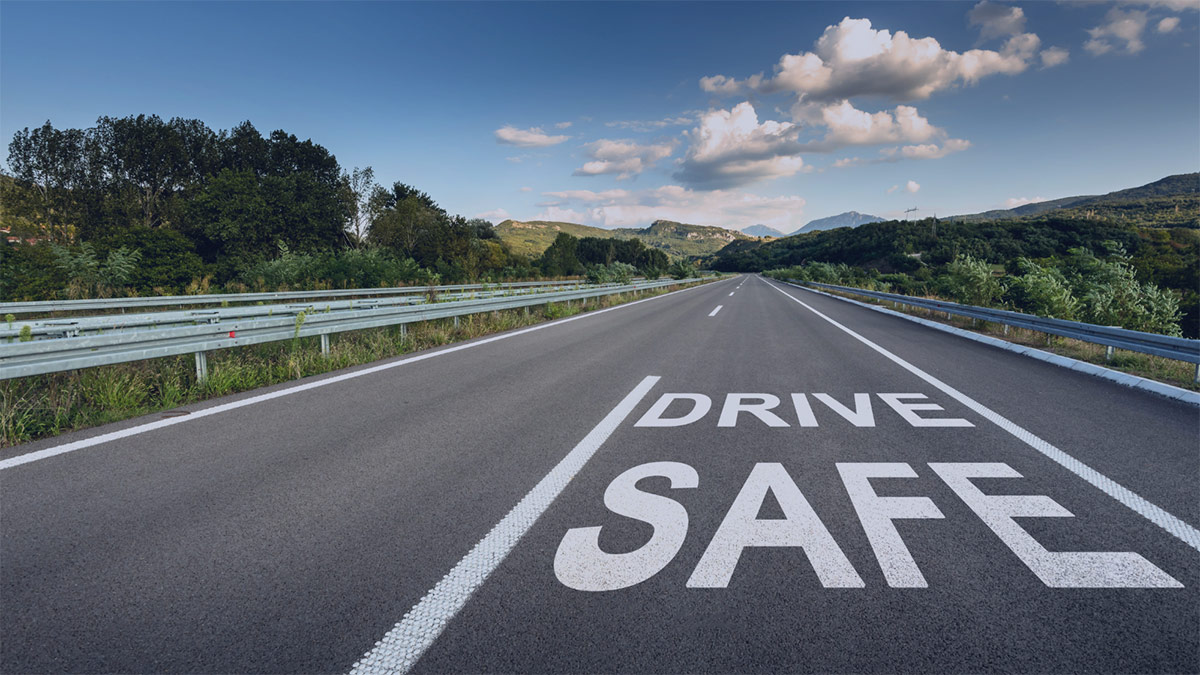They say numbers never lie. But that doesn’t mean the truth is always simple.
Take the National Highway Traffic Safety Administration’s crash data statistics for 2023. We expect the administration to share its full 2023 data later this spring. For now, we can see only projected data.
This early 2023 data shows car crashes were down. In some areas they were down a lot, which continues an encouraging trend: The number of car crashes has steadily decreased for two years.
Within this positive data, we can all see a simple story. The simple story says Americans are driving more safely and more sensibly. It says roads are safer than they were two years ago. It says we should keep doing what we’re doing. That we’re on the right track.
To be clear, fewer traffic crashes — for any reason — is cause for celebration.
But building a culture of safety requires more than celebrating. A culture of safety requires digging deeper to find the reason for our success. When we know why driving has gotten safer, we can use this knowledge to create even more success.
A closer look at the numbers shows crashes were down because they spiked so high during the pandemic in 2020 and 2021. From 2020 to 2021, crashes increased by 10 percent. That’s a lot.
Which led us to another question: Why did so many Americans crash their vehicles during the pandemic shutdown? Shouldn’t crashes have decreased since so many people were staying at home?
That question is bigger than highway infrastructure. Its answers lie in human behavior. The National Institutes of Health report that a variety of high-risk behaviors — including dangerous driving — spiked during the pandemic as people adjusted to the stresses of the shutdown.
In other words, stressed drivers changed their driving habits, and these new habits created more traffic crashes.
We could say this lets us, as infrastructure professionals, off the hook for safety. We could say we don’t control the behavior of every driver. We can do only so much to improve safety, right?
In reality, the opposite is true. The fact that driver habits impact safety means we should do everything we can to help drivers build better habits — along with building the safest-possible transportation system.
We influence driver habits through events like next month’s National Work Zone Awareness Week. We can influence habits by sharing safety reminders on social media and by sharing other people’s safety messages.
Our habits make us who we are. They’re a huge factor hiding within every set of data. Creating better safety habits will create better safety data.
